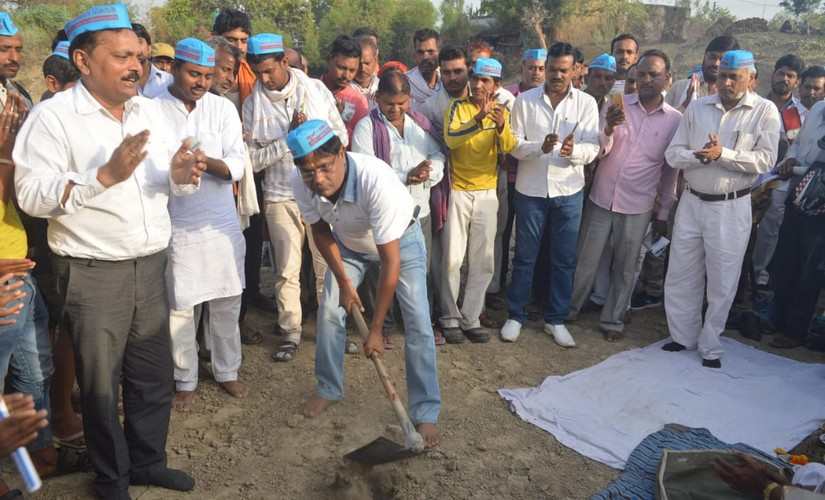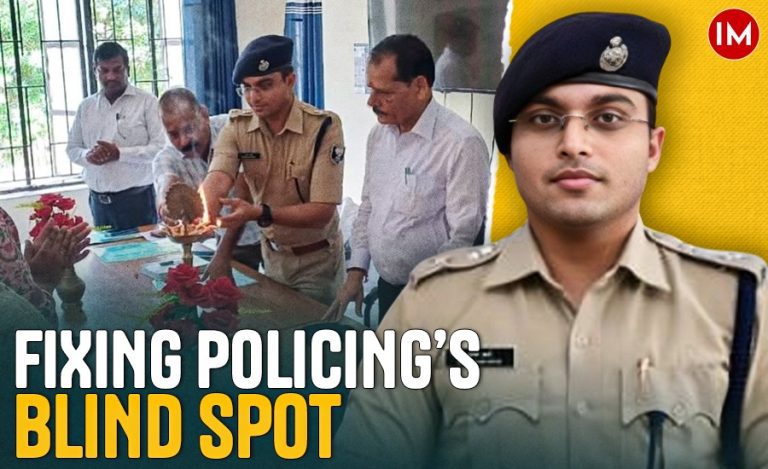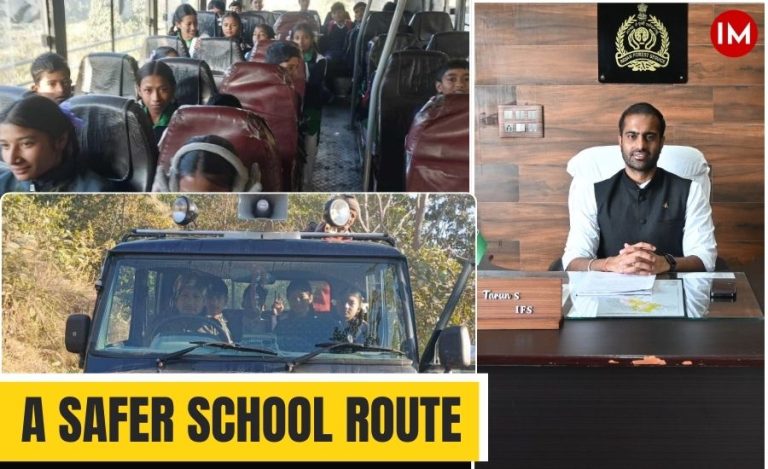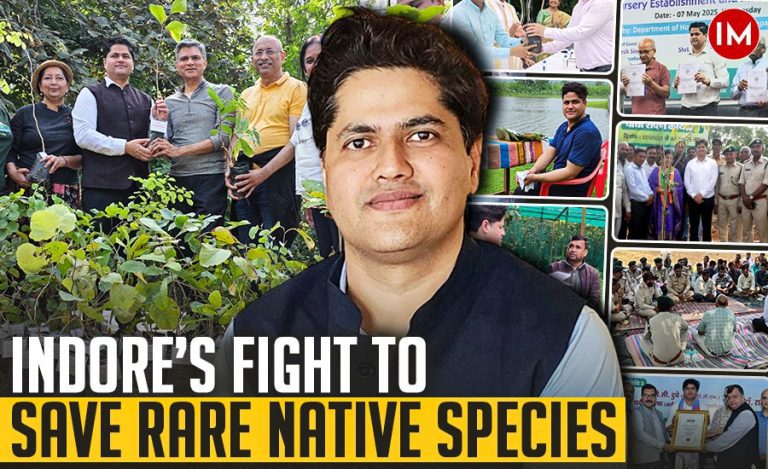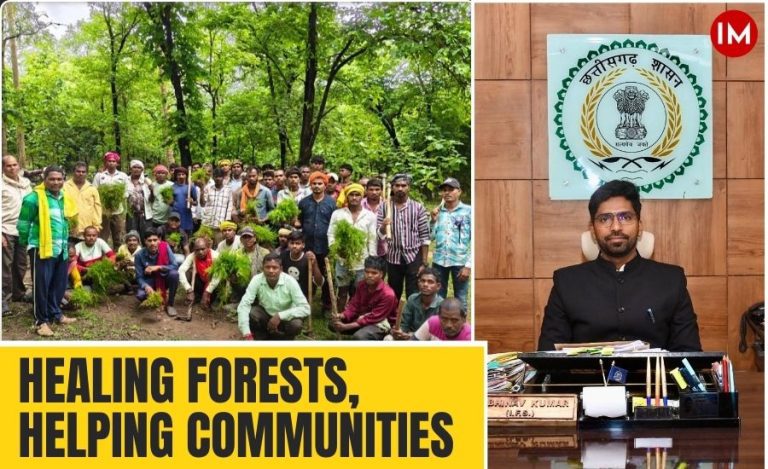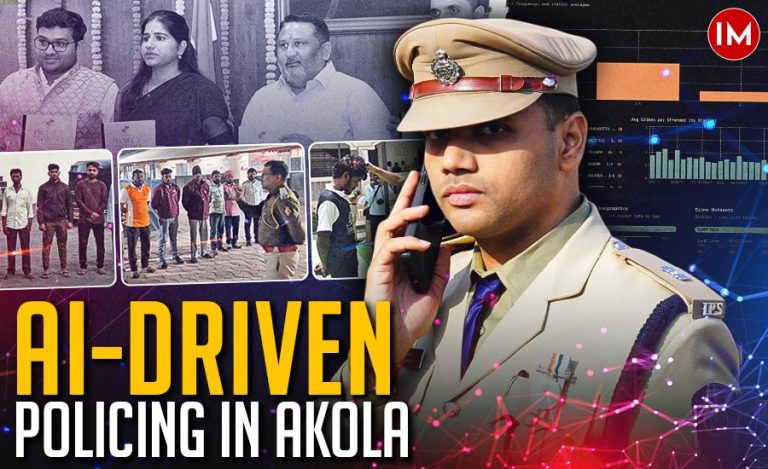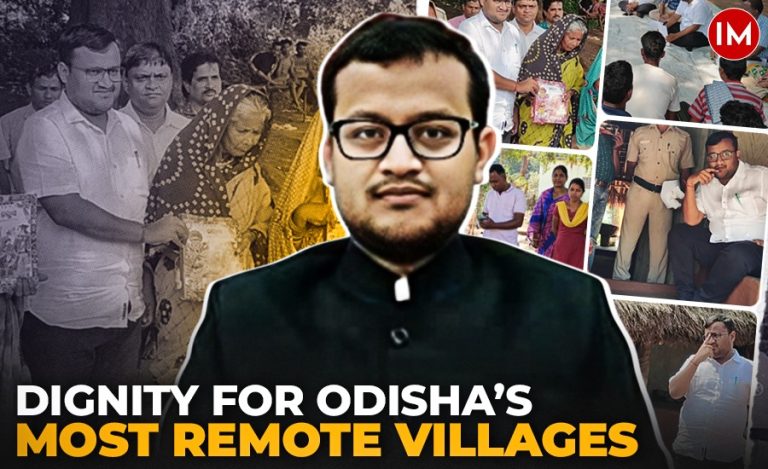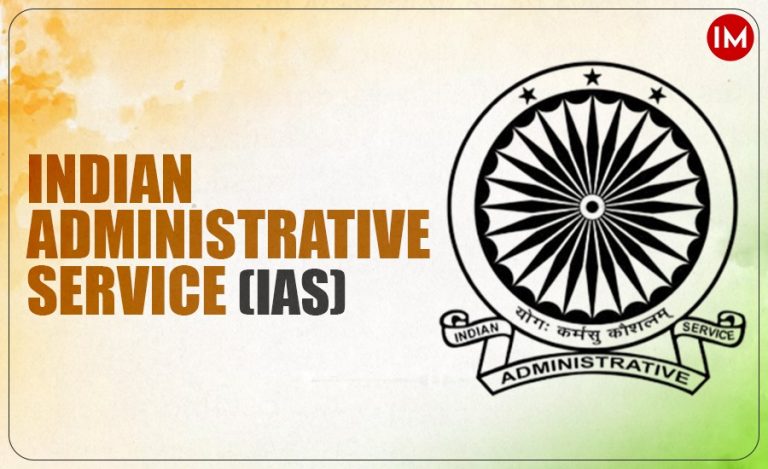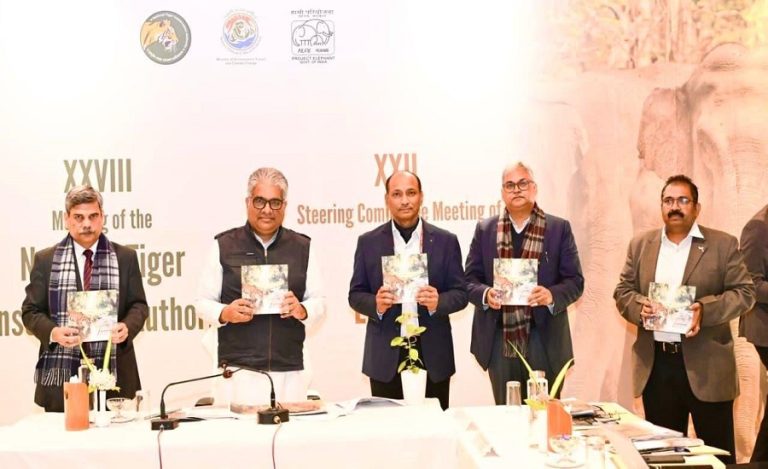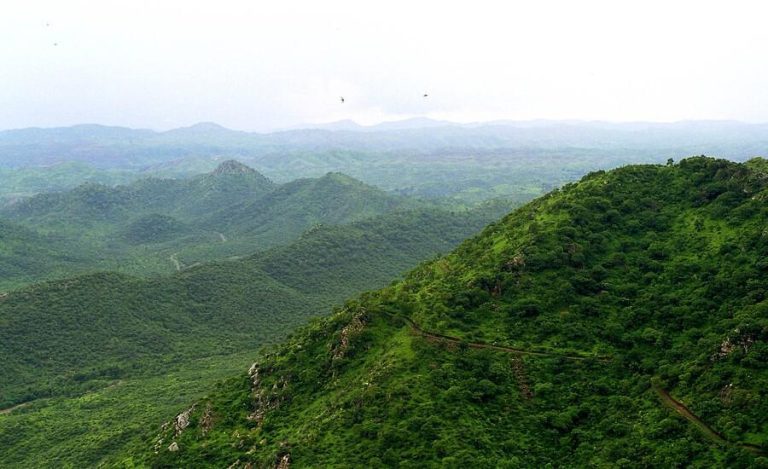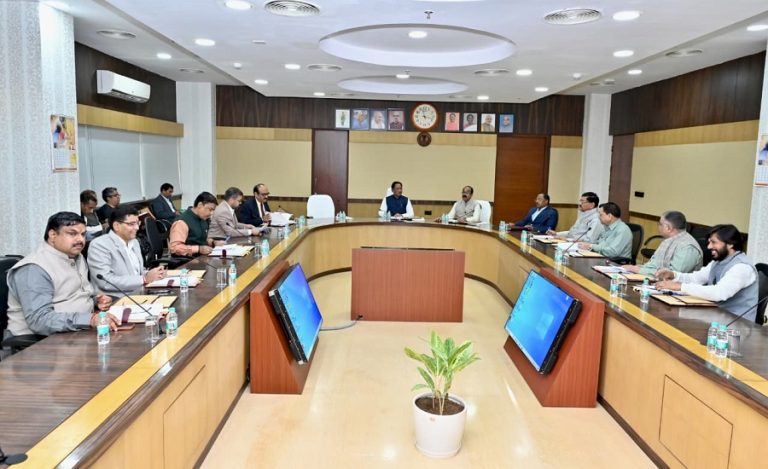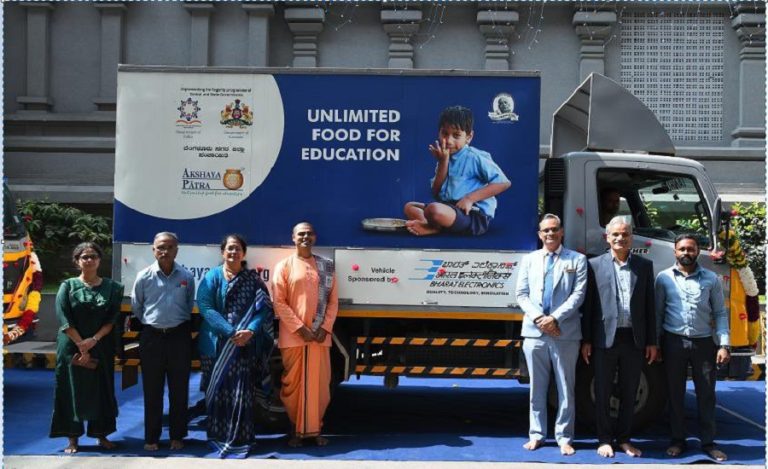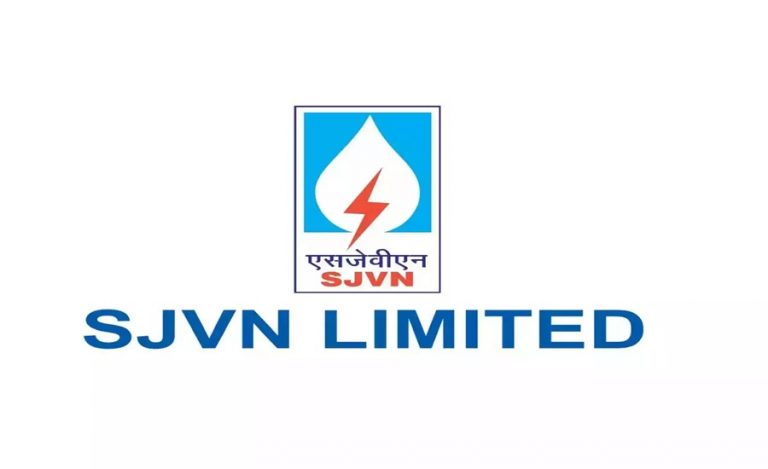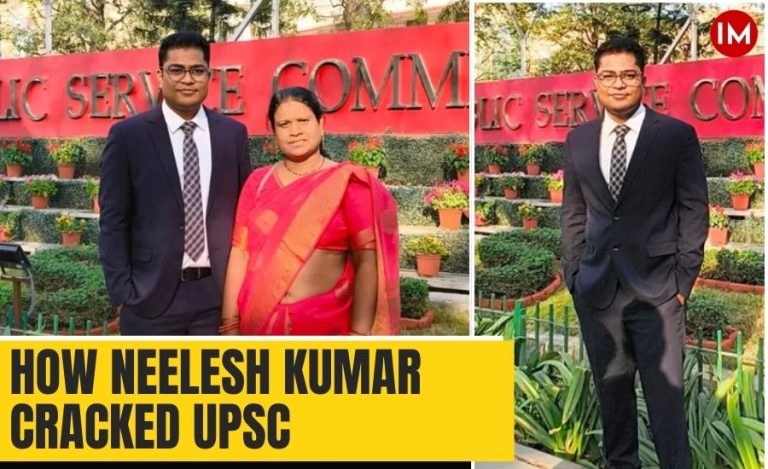`Water, water everywhere and not a drop to drink’, so went the old song. But in Banda, one of the most backward districts in Uttar Pradesh’s Bundelkhand region, the story is different. Here, for miles on end, large swathes of population were thirsting for water- until Mr Hira Lal stepped in as the District Magistrate (DM).
Mr. Heera Lal is one of those bureaucrats who don’t just dream big, but actually bring about a changer by working for it. His stint as the District Magistrate (DM) of Banda earned him the biggest feather in his cap.
Mr. Lal was a 1994 batch PCS officer before getting promoted to IAS in 2010. From August 2018 to February 2020, he was the DM of Banda. During these months, he changed the lives of the people by making water available to a large chunk of population. “I did it for them because I don’t have to live there forever, they do,” he old Indian Masterminds.
From the beginning, he used to notice how the women of the area carried pots of water from miles away. He was in the habit of reading newspapers and had read a lot about the water crisis prevailing in the country, especially in small districts such as Banda. He was quite familiar with the situation. The barren, hilly region of Banda, with difficult topography and sparse vegetation made it difficult for groundwater re-harvesting, even it received 800mm of annual rainfall. He could see the crisis first-hand now.

Inspection:
To understand the area and get a grip on the catastrophic situation in the district, Mr. Heera went around the villages, talking to the locals and coming to know better about the situation with the help of his study and research.
“Locals involved in such activities told me that 40 years back, people were connected with the water bodies: Kuaan, Talaab aur Nadi (wells, ponds, and river). But for the last 30-40 years, due to the evolvement of life, people got disconnected from these water bodies and they started connecting more with packaged water for their consumption and use. So, this dis-connect with the water bodies and connection with packaged water brought the crisis of water into their lives,” he said.
Birth of the initiative:
Looking at the scarcity of water in the region, Mr. Lal decided to do something concrete. With his analysis, he determined that they people needed to re-establish their old connections with water bodies. He wanted to eliminate water-related issues from the area. To do so efficiently, he called in an expert Mr. Mahendra Modi, to help him with the visual training required to convert rainwater for multiple purposes. All around the area, water bodies were dying and groundwater levels were falling. The main reason behind this was abandonment and neglect.
“When people depended on the pond, they took care of it. When the wells came up, they forgot about the ponds. When hand pumps came, wells were neglected. When piped water supply arrived, all those hand pumps saw neglect”, says Mr. Heera. This is not just an issue confined to Banda but it prevails in the whole country. Subsequently, the district administration decided to go on a massive public awareness campaign. Organizations such as WaterAid India and Akhil Bhartiya Samaj Sewa came forward to support their initiative.
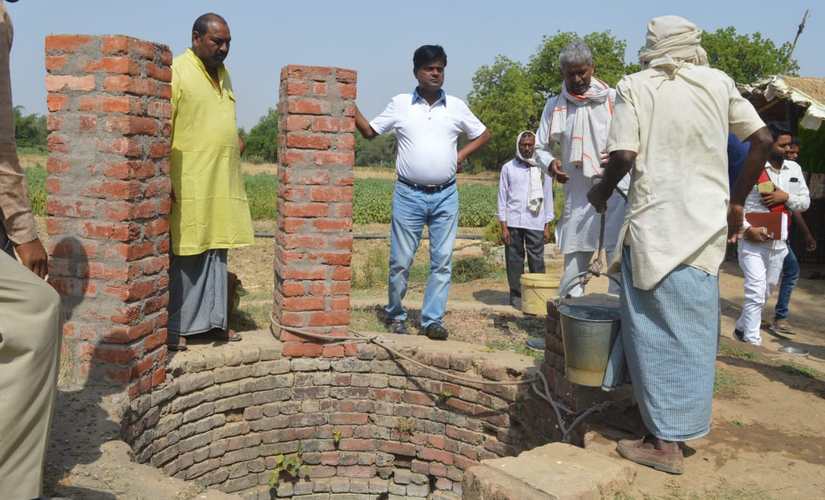
‘Bhujal Badhao, Peyjal Bachao’:
Mr. Lal’s campaign which started on October 6th, 2018, called ‘Bhujal Badhao, Peyjal Bachao’ (Increase Groundwater, Save Drinking Water), brought together communities, district administrations, and civil society under one place. All three bodies came together to eliminate water-induced troubles among people.
“We conducted a `Jal Choupal’ (brainstorming session on water issues). We went door to door and did a survey where we asked the townspeople “how much water do you have in your area? And how much water do you use?” to understand the demand and supply. We then compared the data collected by the committees and kept a check on the rainfall pattern as well as groundwater depreciation,” he said.
To make the people understand the situation in a better way, they advised them to save and conserve rainwater, it being the only source of pure water. The residents understood the situation clearly. After all, everything that was being done was for their benefit. They gave their full support. They helped in constructing numerous trenches near critical water sources such as hand pumps and wells to conserve water.
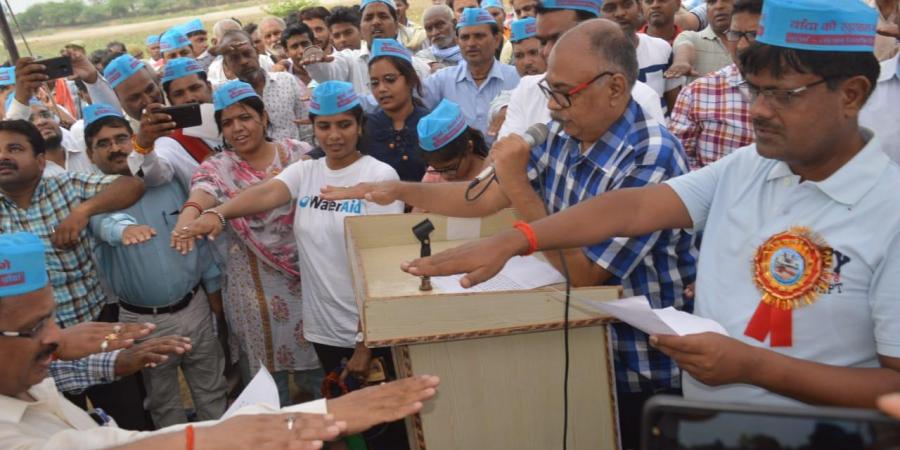
Kuan Talaab Jivao Abhiyaan:
`Kuan Talaab Jivao Abhiyaan’ (Scheme to revive wells and ponds) was the second campaign commenced under Mr. Heera Lal, where the committees went forward and revived all the old water bodies including old ponds and wells prevailing in the district. “We also created new ponds in the area so that it becomes easier to conserve rainwater. This campaign took place before the rainy season and once the rains happened, we started doing rainwater harvesting in public institutions and buildings like Vikas Bhawan and the collector’s office. Even the old wells were revived with the help of rooftop rainwater harvesting.
The `Kuan Talaab Jivao Abhiyaan’ began with cleaning up the wells and ponds that were cluttered with garbage after being abandoned. To invite public volunteers, Mr. Lal visited the villages himself and started cleaning the water bodies which inspired a lot of others to do the same. Initially, instead of digging up new wells, they decided to deep-clean the pre-existing ones. And in the case of ponds, they were de-silted and deepened to increase its water holding capacity.
Phase 2 brought along a lot of progress. “Over 550 old community ponds were de-silted and covered, 874 dug wells rejuvenated and 1,737 rainwater harvesting structures constructed in schools, panchayat offices, block offices, hospitals, official district buildings, etc.”, he says.
Convincing Residents:
As Mr Hira Lal points out, “In Bundelkhand, people are quite conservative. If they don’t have water in their homes, they will go to places in search of it, on foot but would shy away from using new technologies.We told them that if you need an apt solution to your problems, you’ll have to find it on your own. You would have to work hard for it because nobody could provide it to you on a platter. Water cannot be created; all you can do is utilize the existing water in an effective manner. They could sense that this will bring relief into their lives and therefore they voluntarily started coming forward to lend a hand.”
People Oriented Solutions:
Mr. Lal and his team organized several activities to bring masses closer to the idea and importance of water bodies, so that they develop love and affection for them. For this, they organized a lot of activities such as Jal March, Deep Daan, Jal Hasya Charcha (featuring the comedian Raju Srivastava), Jal Kavita Mushayra, Water Budgeting, etc.
Mr. Lal added, “We started our first activity: Jal Sanrakshan Chetna Parv on October 6 2018, and for this event, we invited all the `pradhans’ and `lekhpals’ of many villages, and we showed them the living places of water i.e., ponds, wells, and river.”
Due to the various activities that took place and the building of numerous trenches and ponds, the water table in Banda increased by 1.34m post-monsoon 2019 ,as compared to post-monsoon 2018. This is the impact that their initiative had!
Challenges faced:
Bringing about such major changes brings a bucket full of challenges with it. The first challenge that Mr. Heera Lal and his team had to face was motivating people. “Locals were of a defeatist mindset. They had accepted their way of living under a water crisis. They had this notion inside their head that they were living in a backward area, and therefore they would not be able to do anything about it. We had to extract this thought from their mind”, he explained.
Another challenge was of inadequate resources due to the topography of the region and the rain recharge rate was extremely low. “14cm/hectare rain recharge rate as compared to U.P’s 30cm/hectare”
Moreover, women have a much closer relationship to water as compared to men. To involve females, the district administration started association with the self-help group of National Rural Livelihood Mission. “We invited the Mission members to associate with us, so that women could take an active part in the campaign.”
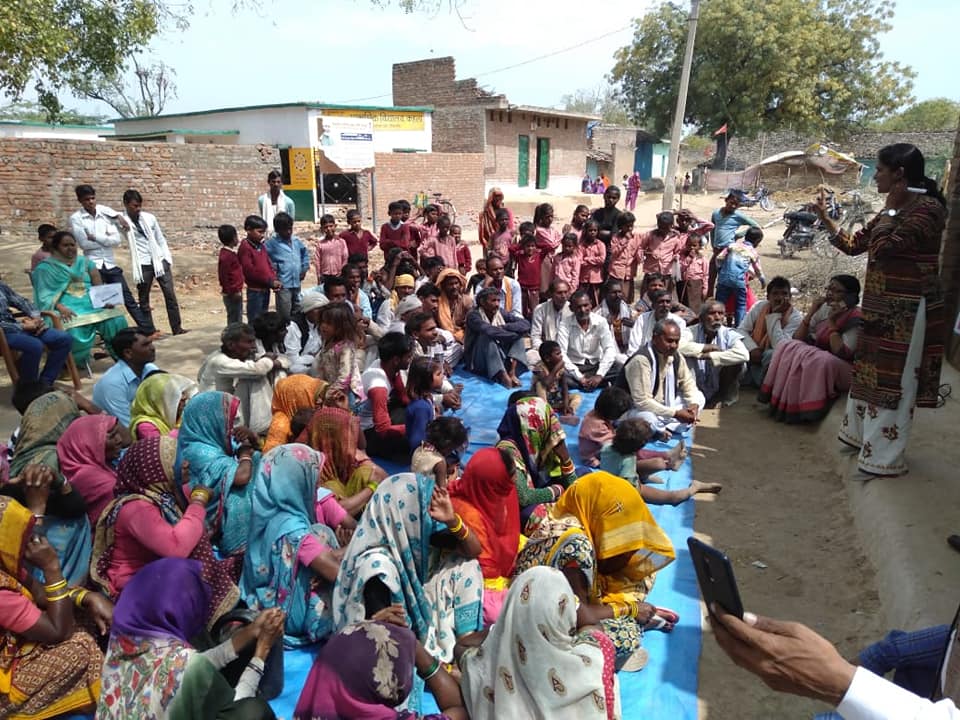
Achievements:
During these two years of his involvement in the affairs of Banda, Mr. Heera Lal was able to build 2,605 contour trenches and conducted 469 `Jal Choupals’, engaging around 35,000 villagers.
Not only that, but he also installed 2,183 hand pumps, revived 260 wells across 470 `gram panchayats’.
In February 2020, these remarkable achievements figured prominently in the Limca Book of Records in February 2020! So far, Mr Hira Lal has received 6 awards for his work in the water conservatrion.

“Proverbially we can say that in this Water Conservation Campaign, we have developed both software and hardware of the water bodies. As software, we increased the water table and conserved water and as hardware, we built a number of trenches, ponds and well. We also managed to involve public in this, so that they can take the ownership of this initiative.” he says.
Mr. Heera Lal is a living example of the phrase, `Where there is a will, there is a way.’
He wants the youth of today to understand the importance of water in their lives. “Without water, there would be no life. Learn ways in which you can conserve it,’’ he insists.
Mr Hira Lal is no longer in Banda. But his priceless gift to the Banda will stay for long with its people.

